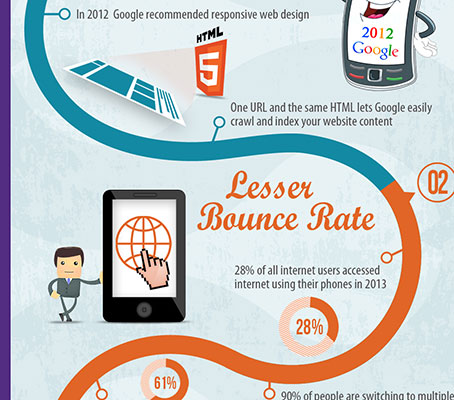The Development Of Site Design: From Past To Existing
The Development Of Site Design: From Past To Existing
Blog Article
Written By- https://www.cmswire.com/digital-marketing/creating-a-more-progressive-digital-marketing-strategy/
In the past, websites were basic and concentrated on information. Navigating was straight, and layout was for desktop computers. Currently, user experience is crucial. Data overviews layouts for easy navigation. Receptive formats fit various gadgets. Today, dark mode reduces stress, and minimal food selections boost navigation. Interactive attributes engage users, and vibrant visuals stick out. AI integration enhances interaction. See how recommended site has actually developed to enhance your on the internet journey.
Very Early Days of Web Design
In the very early days of website design, simplicity reigned supreme. Websites were fundamental, with minimal colors, fonts, and designs. The focus got on offering information instead of showy visuals. Customers accessed the web through slow dial-up connections, so speed and performance were essential.
Navigating menus were straightforward, usually situated on top or side of the web page. Web sites were designed for home computer, as mobile surfing wasn't yet prevalent. Material was king, and designers focused on easy readability over complicated layout elements.
HTML was the main coding language made use of, and developers had to work within its restrictions. Animations and interactive attributes were minimal contrasted to today's criteria. Websites were static, with little vibrant material or individualized user experiences.
Surge of User-Focused Style
With the development of site style, a shift towards user-focused style principles has actually come to be increasingly prominent. Today, creating sites that focus on user experience is important for engaging site visitors and accomplishing business goals. User-focused layout includes recognizing the requirements, preferences, and actions of your target market to tailor the internet site's design, material, and features as necessary.
Designers currently perform extensive study, such as individual studies and use testing, to collect understandings and feedback directly from customers. This data-driven strategy helps in developing instinctive navigation, clear calls-to-action, and aesthetically attractive interfaces that reverberate with site visitors. By putting the individual at the center of the layout procedure, websites can provide a much more individualized and delightful experience.
Responsive layout has additionally become an essential element of user-focused style, ensuring that websites are maximized for numerous gadgets and screen dimensions. This flexibility improves ease of access and functionality, dealing with the diverse means customers engage with web sites today. Essentially, https://affordablelocalseoservice38272.webdesign96.com/30379192/open-the-keys-of-social-media-site-advertising-proven-methods-for-success of user-focused style signifies a shift in the direction of developing electronic experiences that prioritize the needs and assumptions of the end individual.
Modern Trends in Web Design
Explore the most up to date trends shaping website design today. One noticeable fad is dark setting style, supplying a smooth and modern look while decreasing eye stress in low-light atmospheres. One more crucial fad is minimal navigation, simplifying menus and boosting customer experience by focusing on essential elements. Integrating micro-interactions, such as animated buttons or scrolling effects, can create a more appealing and interactive internet site. Receptive design remains important, making certain smooth user experiences throughout numerous tools. Additionally, making use of bold typography and asymmetrical layouts can add aesthetic rate of interest and draw attention to particular web content.
Integrating AI modern technology, like chatbots for customer support or personalized referrals, improves user engagement and improves processes. Availability has additionally become a substantial trend, with designers prioritizing inclusive layout techniques to accommodate diverse user requirements. Welcoming sustainability by optimizing web site efficiency for rate and performance is another emerging fad in web design. Working together with user responses and information analytics to iterate and enhance layout continuously is essential for remaining appropriate in the ever-evolving digital landscape. By accepting these contemporary fads, you can produce an aesthetically enticing, user-friendly site that reverberates with your audience.
Final thought
As you review the evolution of internet site layout from the very early days to currently, you can see how user-focused design has become the driving pressure behind contemporary fads.
Embrace the trip of modification and adjustment in web design, always keeping the individual experience at the center.
Remain present with the most up to date trends and modern technologies, and never quit evolving your technique to produce aesthetically spectacular and easy to use internet sites.
Progress, adapt, and create - the future of website design remains in your hands.
